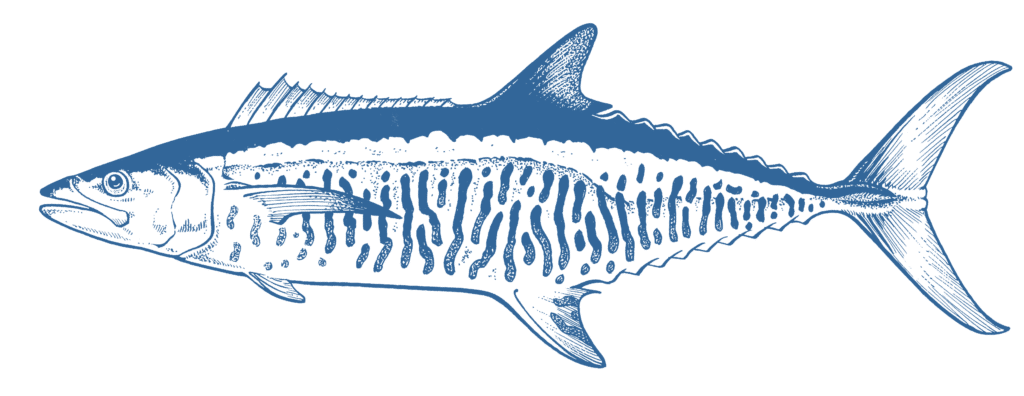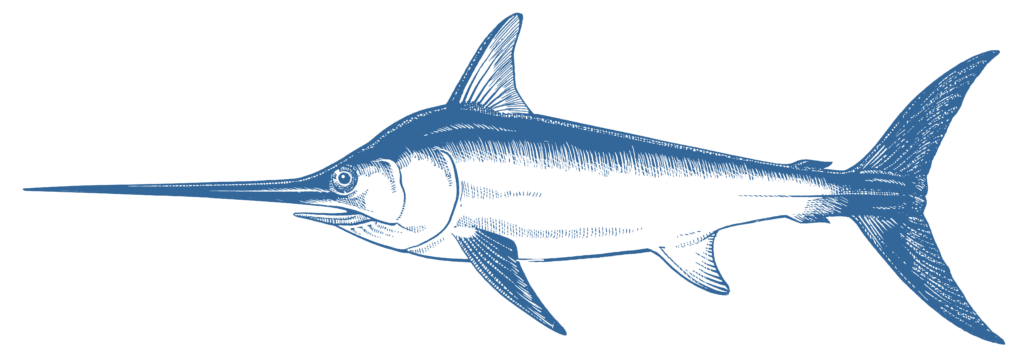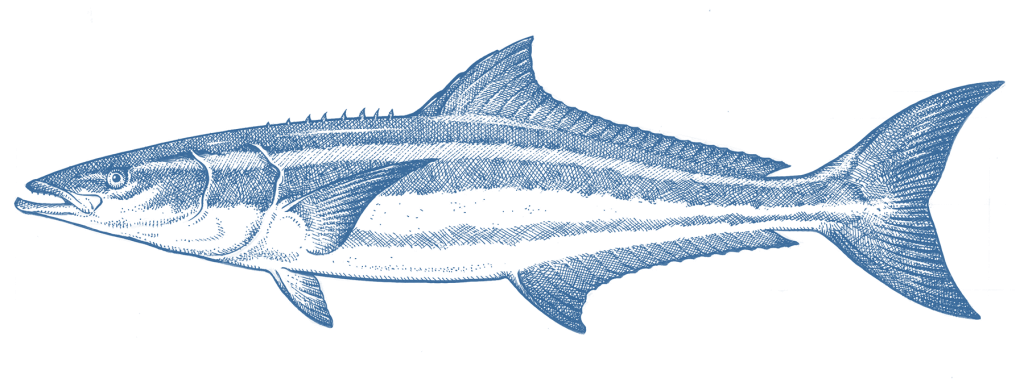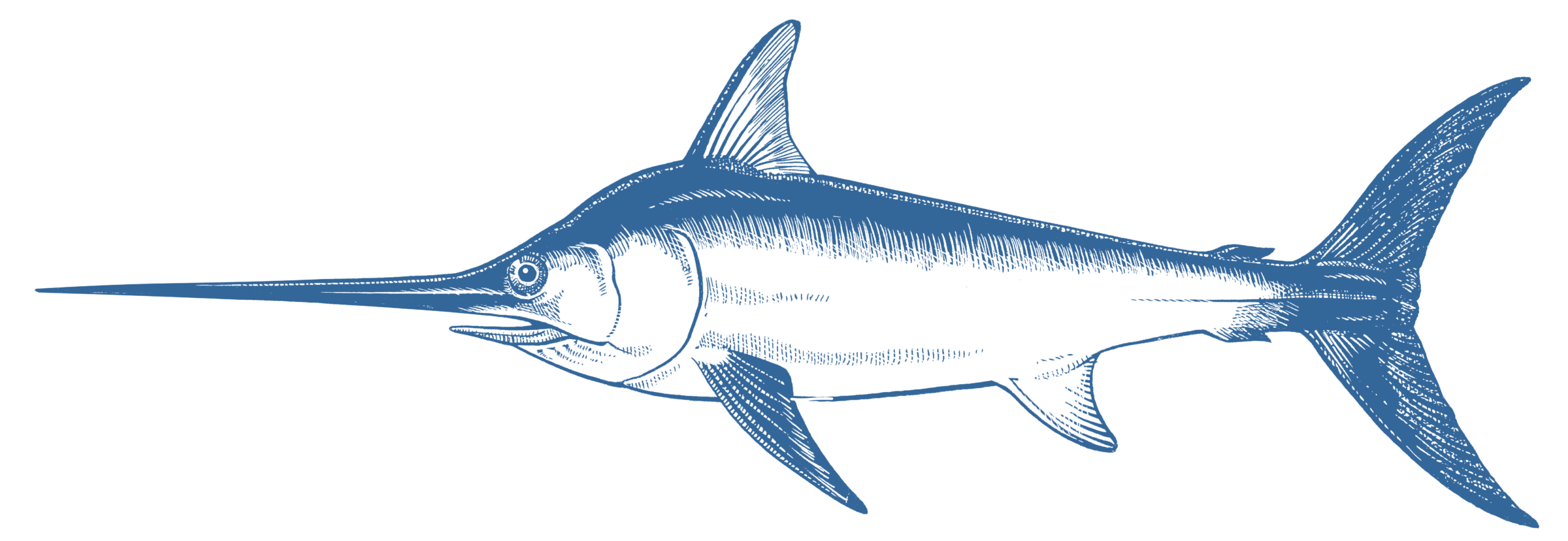
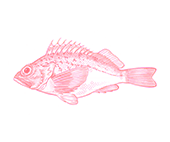
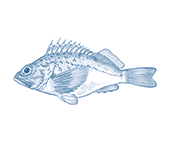

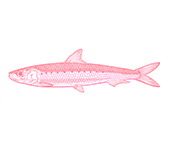
- Say No
Wild Caught
Region:
Imported
- Australia imports swordfish from Indonesia, New Zealand, Thailand and Vietnam.
- Swordfish are generally taken as byproduct in longline fisheries targeting species of tuna.
- Bycatch of vulnerable marine wildlife is generally not monitored, but the impact of longlining on many shark species has been well-documented. Population declines of sharks as a result of bycatch on tuna longlines is of major concern, particularly as sharks are sometimes targeted for their high value fins. Shark finning (cutting the fins off dead sharks and throwing the body overboard) is still legal in NZ, although bans are expected to be phased in.
- Imported from fisheries in the Pacific Ocean (151t 2011-12)
Swordfish is a highly migratory species, fished throughout its range in the Pacific, Indian and Atlantic Oceans and in the Mediterranean Sea. Trade records indicate Australia imported 151t of fresh, frozen and chilled swordfish from Indonesia, New Zealand, Thailand and Vietnam in 2011-12.
Swordfish are generally caught as byproduct in longline fisheries that target species of tuna. The countries that manage the fisheries generally do not monitor the bycatch caught on longlines, and independent observer coverage is low to non-existent. Although the amount of bycatch of vulnerable marine wildlife caught is not clear, the bycatch of significant numbers of sharks and turtles in tuna longline fisheries has been well documented. Sharks are often targeted for the high value of their fins, a practice that is increasing in many tuna longline fisheries that catch swordfish. Scientists have assessed that tuna longlining has contributed to the declines in shark species worldwide.
Cutting the fins from dead sharks and throwing the shark body overboard is still legally allowed in NZ fisheries, although the Government has committed to phasing out the practice.



